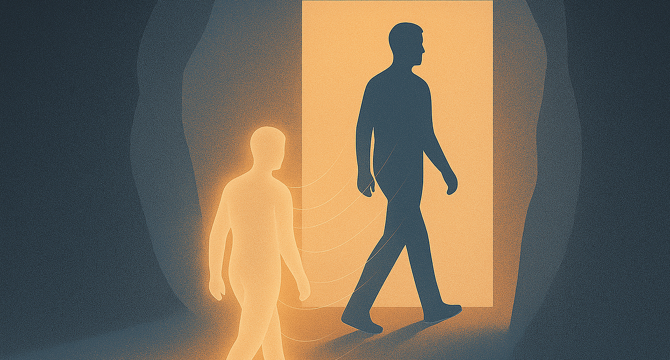Medium
7d
170

Image Credit: Medium
Frame-Dragged Consciousness: A New Theory of the Mind
- A new theory called frame-dragged consciousness suggests that our awareness may be a few steps behind real-time events, with consciousness being the experience of a high-level model updating itself continuously.
- In this model, the golem represents the real-time executor that evaluates input, guides behavior, and updates without conscious awareness.
- Consciousness arises as a lagging edge, shaped by the golem's actions and data integration, reflecting on past events and informing future behavior.
- This delayed consciousness theory may explain phenomena like near-death experiences, intuition, and how individuals perceive reality at different speeds.
- People with synchronized streaming speeds may feel more connected and empathetic, while mismatches in temporal alignment can lead to misunderstandings.
- Those with slower conscious model updates may appear scripted or predictable to others, emphasizing the importance of understanding differing temporal delays.
- To approach human-like consciousness, AI systems may need a streaming self-model that continuously updates, integrating new data and forming reflective behavior patterns.
- Consciousness is depicted as a continuous process of becoming, with moments like déjà vu and spiritual experiences fitting into the framework of a constantly updating model.
- This theory provides a new perspective on free will, ESP, empathy, AI, and various aspects of life by viewing consciousness as an evolving entity rather than a fixed state.
- Understanding consciousness as a streaming model allows for greater clarity and curiosity in interpreting the world and our existence.
- So, if you ever feel out of sync or uncertain about your place in time, remember that you are not lagging behind, but part of a continuously evolving process of consciousness.
Read Full Article
10 Likes
For uninterrupted reading, download the app